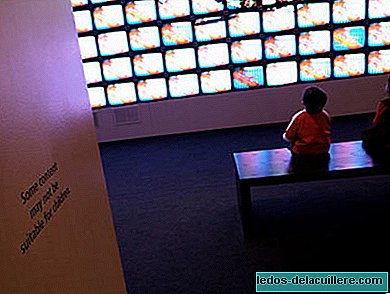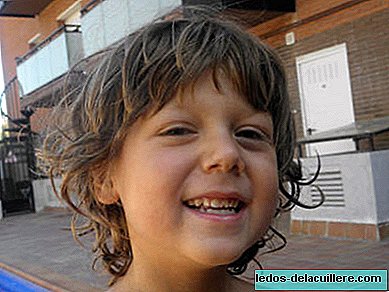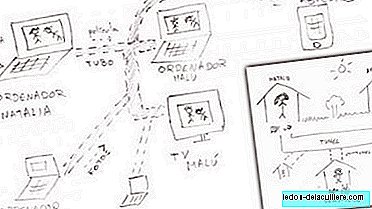
The Spanish Society of Neurology (SEN) has recently published the results of a study that states that Spanish televisions broadcast audiovisual material that can create epileptic seizures in photosensitive patients.
According to the WHO, epilepsy is a chronic brain disease that affects people of all countries and of all ages. It is characterized by recurrent seizures that can affect a part of the body or its entirety. In three out of four cases, this disease starts before age 20 (that is, during childhood). So that you understand the importance of the information that we show you below, it should be clarified that 'not all epileptic seizures manifest themselves in the same way and consciousness is not always lost or seizures are generated, it can also consist of performing repetitive acts without purpose, in sensory alterations, changes in mood, confusion or strange mental events, like hallucinations'.
The mentioned study presented worrisome results at the annual meeting of the SEN: 'Spanish television networks are broadcasting audiovisual material that can potentially cause seizures in patients with photosensitive epilepsy'. This organization reminds us that epilepsy is usually more frequent in children and the elderly.
Although television is the most frequent cause of crisis in the West, only the United Kingdom and Japan have adopted regulations to prevent the emission of sequences that can potentially trigger crises in susceptible people
Interestingly, the potential susceptibility does not include the previous diagnosis of epilepsy, or even having suffered previous episodes, that is to say there are people who are in the risk group, without knowing it.
Our televisions emit images that can cause epileptic seizures in photosensitive people
The study Is it possible that television is causing epileptic seizures in Spain? conducted an analysis of the programming of five national television stations (TVE 1, Antena 3, Cuatro, Telecinco and La Sexta), an autonomous network (Telemadrid), a children's chain (Clan) and a music television (KissTV).
The contents broadcast since 8 in the morning and at 12 noon have been carefully recorded and subsequently studied using the Harding Broadcast Flash and Pattern Analyzer, a light pattern analyzer for audiovisual broadcasts, which is currently the standard used in Gran Brittany to assess the conformity of these programs with the regulations in force in this country.
During the 180 hours of programs analyzed, 1,101 violations of Offcom regulations were detected, which means an average of 100 daily images that could cause seizures in photosensitive subjects. 94% of these 1,101 cases were related to light changes. But, in addition, six of the ten television networks studied had incidents with patterns and flashes of red light.
Since both patients and television networks do not seem to be aware of the risks, we would like to remember that both the awareness and the adoption of control regulations for the audiovisual content that is broadcast, are measures that, in addition to being very easy to carry out, it would be necessary to reduce the risk of causing crisis
Prevent seizures in epileptic children
I am going to focus solely on the recommendations regarding television viewing, since it is a topic broad enough for us to address it another day in more detail.
The television must be seen at a distance greater than two meters (there are sources that indicate three meters) and with ambient light (never in the dark). It is not convenient to abuse the screen, and neither in the case of computer games or game consoles, when the game time is lengthened, intermediate ones must be made to rest.
Television will never be seen in the dark, and some experts recommend not looking directly when turning it on or off (to avoid contrasts). In order not to get too close, the use of controls is convenient.
Finally, I would like to select the most striking of the information provided by SEN: an episode of epilepsy does not always consist in the generation of seizures, therefore parents should be aware of sensory alterations or changes in mood (between others).
Apparently, it is difficult to know if children are susceptible to epilepsy, although it is easy to know the photosensitivity of our children by their reactions to changes in light or certain images. 94 percent of the daily images that can cause epileptic seizures on our televisions are related to light changes.
As a preventive element, in addition to those mentioned, I would like to add the need for let's know what exactly the kids see on TV, and regulate the viewing times.












